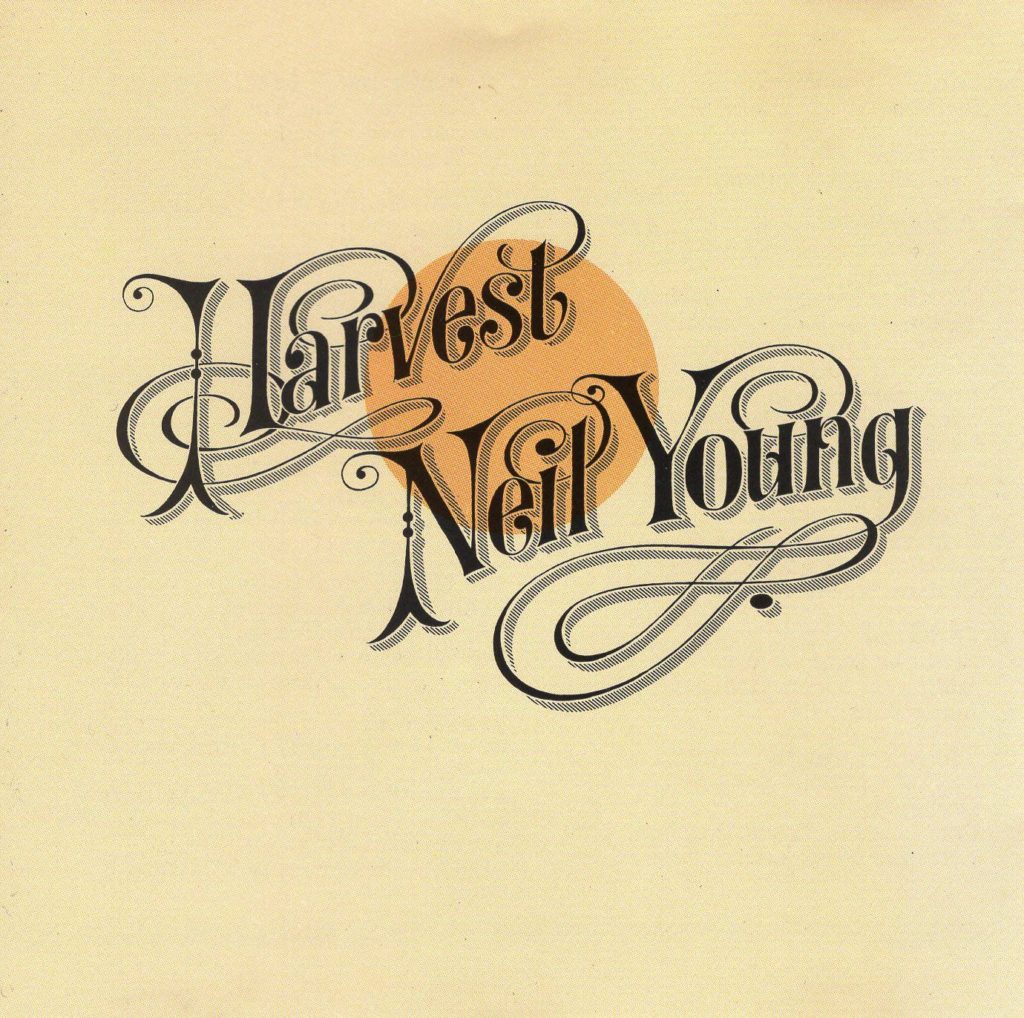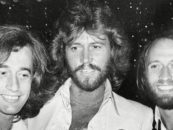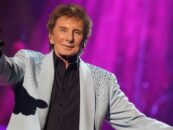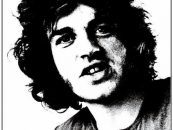 Has there ever been a rock artist as unpredictable and fearless as Neil Young (OK, OK…besides David Bowie)? Probably not. Whether it be firing up proto-grunge (Everybody Knows This Is Nowhere with Crazy Horse), penning protest songs (“Ohio” with CSNY), going all electro-techno on us (Trans), revisiting rockabilly (Everybody’s Rockin’ with the Shocking Pinks), or serving as a one-man band (Le Noise), Neil Percival Young has always done what he has wanted to do musically—with little consideration concerning what others (particularly his record company) want him to do.
Has there ever been a rock artist as unpredictable and fearless as Neil Young (OK, OK…besides David Bowie)? Probably not. Whether it be firing up proto-grunge (Everybody Knows This Is Nowhere with Crazy Horse), penning protest songs (“Ohio” with CSNY), going all electro-techno on us (Trans), revisiting rockabilly (Everybody’s Rockin’ with the Shocking Pinks), or serving as a one-man band (Le Noise), Neil Percival Young has always done what he has wanted to do musically—with little consideration concerning what others (particularly his record company) want him to do.
But the style of music that he has enjoyed the most commercial success with is mellow country/folk, as evidenced by the sole chart-topping album of his entire career, Harvest. Arguably Canada’s greatest rock artist of all-time (at least singular rock artist), Young first came to the attention of music fans as a member of psychedelic rockers Buffalo Springfield, before jumping ship and going solo (1968’s self-titled debut), joining forces with Crazy Horse and then Crosby, Stills & Nash (who were then rechristened Crosby, Stills, Nash & Young for 1970’s Déjà Vu).
Listen to the title track from Harvest
For 1970’s After the Goldrush, Young had begun adding clear elements of country into his sound (namely a cover of Don Gibson’s “Oh Lonesome Me”), while also still offering up folk tunes (“Tell Me Why”) and amp-crackling rockers (“Southern Man”). For his fourth solo offering, Young followed in the same direction as AtG. And since his last album was a top 10 hit, he already knew going into the sessions that there was a large audience primed and ready.
Although he had quite a bit of the material already penned (on his later-released Live at Massey Hall 1971 recording, five of Harvest’s 10 tracks were performed), Young suffered from a slipped disc back injury that resulted in having to don a back brace for the second half of the year. So, although the 10 tunes that would comprise Harvest were recorded from January through September of that year, its release was delayed, resulting in it being the first year since Young’s recording career began with Buffalo Springfield’s self-titled debut in 1966 that there was no new studio album released that featured Young in some capacity.
Young formed a backing band dubbed the Stray Gators, comprising Ben Keith (pedal steel, slide guitar, vocals), Jack Nitzsche (piano, vocals), Tim Drummond (bass) and Kenny Buttrey (drums), with Young handling lead vocals, electric/acoustic guitars, piano and harmonica, and others contributing, as well (including such big-name backing singers as James Taylor, Linda Ronstadt, David Crosby, Stephen Stills and Graham Nash).
To describe the album’s opener, “Out on the Weekend,” as laid-back would be an understatement—it sounds as if Young and his cohorts are about to nod off at any second! But the sleepy pace and feel certainly adds to its charm, and also sets the stage for what is to follow on the album with its barebones accompaniment, with the focus on Young’s voice, acoustic guitar strumming and harmonica blowing. The title track, telling the tale of a woman who appears quite unlucky in the romance department, follows, continuing the relaxed pace and folk-country approach of the opener.
Listen to “Out on the Weekend”
As hinted by its title, “A Man Needs a Maid” is not exactly the most PC tune Young ever composed (sample lyric: “I was thinking that maybe I’d get a maid, Find a place nearby for her to stay, just someone to keep my house clean, Fix my meals and go away”). And musically, it served as a bit of a detour—Young’s acoustic guitar and backing band take five, and in their place is just Young’s piano…and a bombastic symphony orchestra!
Up next is not only the best-known track on the entire album, but probably of Young’s entire career, the simply sublime “Heart of Gold,” as it features the perfect blend of pedal steel guitar, acoustic guitar and harmonica, plus some of Young’s most hopeful lyrics, with Linda Ronstadt’s unmistakable backing vocals joining in at the end. The song gave Young his only #1 Billboard single, reaching the top on the chart dated March 18, 1972. The enjoyed its second week at the top that same week.
On the final tune of the album’s first side (back in the vinyl days), “Are You Ready for the Country?” sees the first appearance of electric guitar…but is not exactly rockin’. True, the whole backing band is behind Young, but remains quite restrained throughout, not coming close to approaching the raw rock free-for-alls of, say, “Cinnamon Girl,” “Tonight’s the Night” or “Hey, Hey, My, My” (Into the Black).”
And then…there is “Old Man.” Certainly among the best lyrics Young has ever penned, it was inspired by a caretaker that looked after his ranch in Northern California (not about Neil’s father, as some have assumed over the years). The tune returns to the country-folk approach of “Heart of Gold,” with James Taylor plucking along on banjo and singing backing vocals, and Ronstadt once more joining in on backing vocals.
“There’s a World” turns out to be the album’s second and last “symphony piece” (once again featuring Young on vocals/piano, and the London Symphony Orchestra following along), which, honestly, probably comes closest to a throwaway on the album.
But all is forgiven with the album’s first true rocker, “Alabama,” which, like “Southern Man,” deals lyrically with racism in the U.S. South.
Another classic, “The Needle and the Damage Done,” has gone down as one of the top anti-drug songs ever, supposedly inspired by Young witnessing what heroin was doing to original Crazy Horse singer/guitarist Danny Whitten (who sadly would die before the end of the year). Although one of Young’s barest tracks instrumentally (featuring only his voice and acoustic guitar), it perfectly captures the frustration of witnessing hard drugs taking down a friend, and also features the classic line, “But every junkie’s like a settin’ sun.” Here’s a live version from before the album was released.
Closing things is one of Young’s most overlooked tunes, the long-and-winding jamfest, “Words (Between the Lines of Age), featuring two-thirds of CSN&Y on backing vox (Nash and Stills), and also serving as the album’s longest tune, almost stretching to seven minutes in length.
Released on February 1, 1972, Harvest would sport a plain album cover (the album title and the artist’s name in fancy font, atop a mostly tan backing and an orange circle smack dab in the middle) and would not only top the album charts in the U.S., U.K., and Australia, but go on to become the top-selling album of the year in the States.
Related: 1972’s Top-Selling Albums
Instead of playing it safe in the wake of the album’s massive success and delivering Harvest parts 2, 3, 4, etc., Young would instead completely reject this easy-to-digest direction throughout his next few solo efforts, resulting in what he would refer to as the “ditch trilogy,” including some of the most raw—and exceptional—releases of his entire career…1973’s Time Fades Away, 1974’s On the Beach and 1975’s Tonight’s the Night.
Watch Neil Young in 1971 playing a then-new song called “Heart of Gold”
Young’s archival releases are available to order in the U.S. here and in the U.K. here.
Related: Our Album Rewind of Everybody Knows This is Nowhere






4 Comments so far
Jump into a conversationLove this period of Neil Young and cannot wait for the update Super Deluxe edition of After The Goldrush. Keep up the great communication Best Classic Bands.
My all time favorite. Love you Neil
There are no throw-aways on this A+ record, and nothing close to throw-away.
But also — thanks for this post! Haven’t listened to most of these songs since literally the 70s! Alabama has been playing in my head all day!